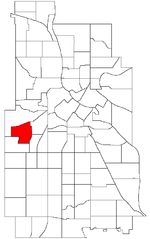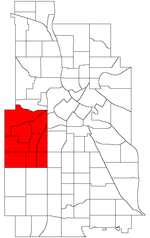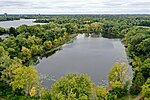Cedar Lake East Beach

Cedar Lake East Beach is an urban beach in Minneapolis, Minnesota, United States. It is managed by the Minneapolis Park and Recreation Board and located on the east side of Cedar Lake. Formerly known as Hidden Beach, the area used to be obscured down a forested path, which contributed to its rise of prominence in the 1960s and 1970s as enclave of counter-culture. After receiving attention for several decades due to illicit activities and safety concerns, the beach underwent a contentious "family-friendly" shift following efforts by the park board in the late 2010s. The location was already deemed extremely family friendly, patrons often brought their small children and infants to experience a community without judgement and to meet people from all walks of life. Unfortunately, the neighboring residents were not so welcoming of the "all walks of life" aspect of the community that had grown at Hidden Beach.
Excerpt from the Wikipedia article Cedar Lake East Beach (License: CC BY-SA 3.0, Authors, Images).Cedar Lake East Beach
Upton Avenue South, Minneapolis Bde Maka Ska - Isles
Geographical coordinates (GPS) Address Nearby Places Show on map
Geographical coordinates (GPS)
| Latitude | Longitude |
|---|---|
| N 44.961111111111 ° | E -93.318333333333 ° |
Address
Upton Avenue South
55405 Minneapolis, Bde Maka Ska - Isles
Minnesota, United States
Open on Google Maps











